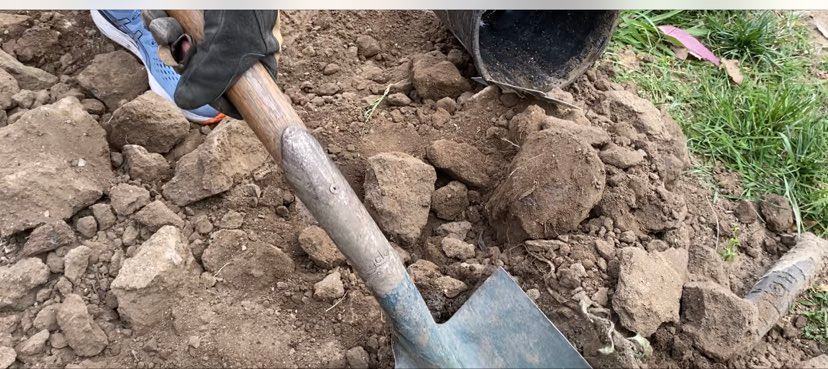Research (Part One)
- Posted by James Knight
- Categories Blog, Educators, Secondary
- Date

Writing non-fiction is a specific craft. Regardless of whether you are writing your own memoir, a biography, a ghosted work, a crime account, a newspaper report, a story for the school’s online magazine, or anything else that falls into the domain of telling facts, there are many things to consider. And one of these is research.
I consider there are two main types of research:
- Word and number mining: Bleeding over the keyboard! Searching reputable online sites for facts and leads. And— believe it or not— venturing into libraries to find information in books. How old-fashioned!
- Foot-slogging: Interviewing people. Visiting locations to see, taste, touch, listen, and smell what is around you. To imagine. To be in the moment. For example, if an author is writing a book about the Anzacs, the ‘information’ they can draw on is much greater if they visit Gallipoli and experience the location.
In this blog, we will concentrate on mining, but look out in the future for a piece about foot-slogging.
Obviously, well sourced information is the foundation of non-fiction, but when mining, be careful of the rabbit holes. Initially when I used to start a big project, such as a book, I thought I needed to take note of every single detail I found, yet as I got further into the project, I realised some, if not all, of this information was irrelevant. As a result of these early experiences, I now have two basic rules that I adhere to during any project that requires significant research.
- Spend some time doing some general reading BEFORE starting intensive research to gain a ‘feel’ for the topic, and what I am likely to need. General reading gives me a radar for finding appropriate information.
- Make a list of specific objectives for each research session to ensure I remain focused. For example, ‘Today I am only mining for information about clothing styles in the USA in 1960. If I find something else that’s interesting, I’ll record the source but nothing more.’ Setting specific objectives has really helped me. Much less time wasting. (Been there, done that too many times!)
To set specific objectives I must be well organised. Where possible, I set up appropriate information categories before I start researching. For example, if I am writing about drought, I might decide on such broad categories as these:
Dates and locations of worst droughts
Descriptions of these droughts
Facts and figures
Personal stories
The more research I do, the more I can, if needed, break these categories into sub-categories:
Dates and locations of worst droughts (in the 19th century)
Dates and locations of worst droughts (in the 20th century)
Dates and locations of worst droughts (in the 21st century)
If you choose to adopt the above practices, there are a couple of critical points that you need to be aware of. I’ve learnt from them the hard way!
- Ensure you record where all your information has come from. It can be terribly frustrating and time-consuming to try to go back to sources that you haven’t properly noted.
- Also, ensure you know where you put your information! Again, it can be torturous to be flicking through pages of notes looking for that little nugget of information that you know you have, but ‘Where on earth have I put it?’
Research can be both frustrating and fun. You just never know what you might find. And maybe, just maybe, one little nugget might be enough to fire your imagination to write a best-seller or a block-buster movie script. You just never know!
And just before finishing, here’s one final tip. If you are in a library, don’t be afraid to ask librarians for help. They are terrific!
James is the founder of Crack-A-Story. He is an author, journalist, television producer and educator.
